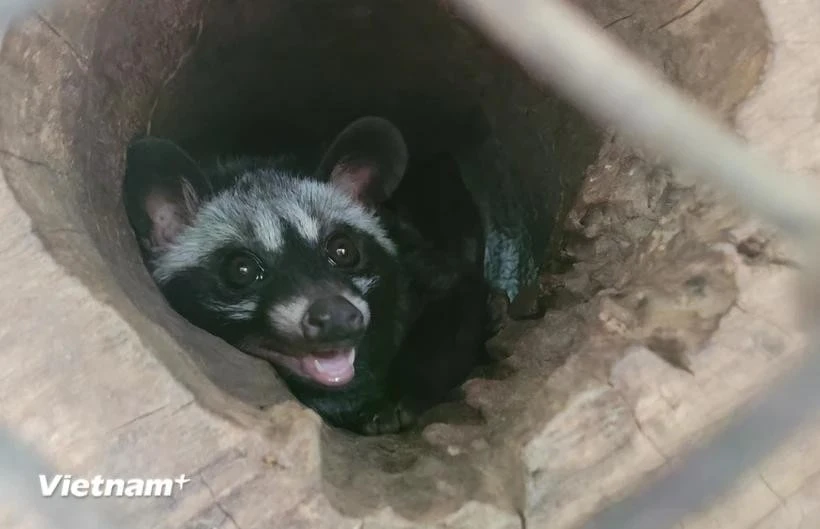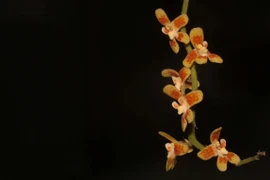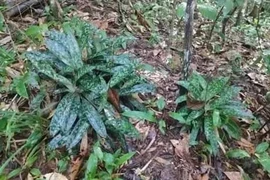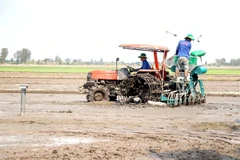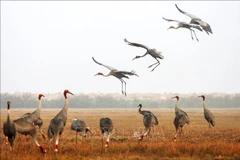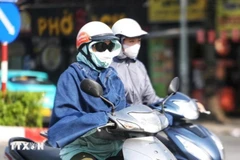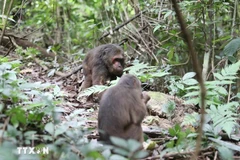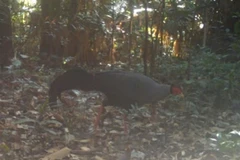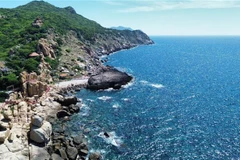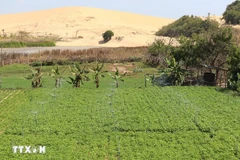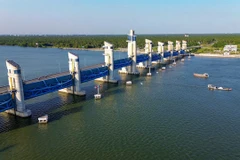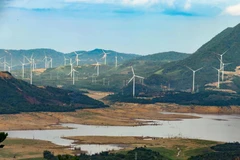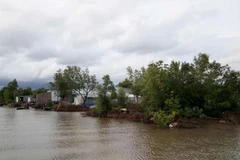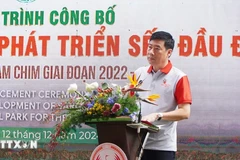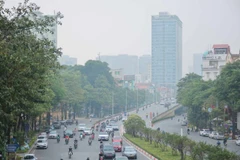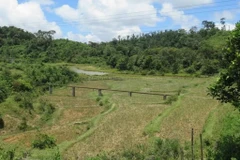Hanoi (VNA) – The World Wide Fund for Nature (WWF) recently unveiled a report of species findings in the Greater Mekong Sub-region, revealing that 112 new species have been discovered in Vietnam, including up to 106 that are endemic to the country.
The report gathers study results of hundreds of scientists from universities, conservation organisations, and research institutes around the world who discovered 173 new species of vascular plants, 26 reptiles, 17 amphibians, 15 fish, and three mammals in Cambodia, Laos, Myanmar, Thailand, and Vietnam.
With the 234 abovementioned species, the new species found in the Greater Mekong Sub-region since 1997 now number 3,623.
Chris Hallam, Asia-Pacific Lead for Wildlife and Wildlife Crime at WWF International, said each individual species is an important piece of a functioning, healthy ecosystem and also a jewel in the rich natural heritage of the region.
The species were discovered in different ways. Some were collected during field trips, others had been kept at museums of natural history or botanical gardens for many years, even decades, before they were analysed and identified. Sometimes, species were found in trade, as is the case with many orchid and aquarium fish species.
Gernot Vogel, one of the researchers who contributed to the discoveries highlighted in the report, emphasised the importance of these collections, calling them "the memory of life on our planet”.
Highlights of the report include a ginger species that has a root that smells like mango; a leafless orchid that was found in a market and is likely already threatened by overexploitation; a rosy loach fish, only just described by science despite being common in the aquarium trade; and a bright orange crocodile newt living at a new elevation record for its type, found between 1,800m and 2,300m above sea level.
Others include a stunning crocodile newt so colourful it’s hard to believe it remained hidden until now, a leaf-toed gecko with rows of bumpy spikes running down its back, and an orchid that looks like a starfish.

Nguyen Van Tri Tin, WWF Vietnam's Biodiversity Lead, said regional countries must act quickly to ensure these newly discovered species are not lost to habitat destruction, illegal wildlife trade, or overexploitation.
“Each species is a crucial part of the web of life that supports our ecosystems, livelihoods, and culture. In Vietnam, protecting these newly described species and their habitats is not just a conservation imperative; it is a shared responsibility to preserve our nation’s natural heritage for future generations,” he added.
Biodiversity in the Greater Mekong is under intense pressure from habitat loss and degradation, overexploitation including from the illegal wildlife trade, climate change, environmental pollution, invasive species and diseases, according to the Living Planet Report.
To stop the decline of wildlife, the WWF works with communities, governments and many other stakeholders to better understand species, strengthen their conservation efforts, and address critical threats like wildlife crime and overexploitation.
The Greater Mekong Sub-region, comprising Cambodia, Laos, Myanmar, Thailand, Vietnam, and China (Yunnan and Guangxi provinces), is a biodiversity hotspot. The vast area habours a large number of globally symbolic species on the brink of extinction./.
